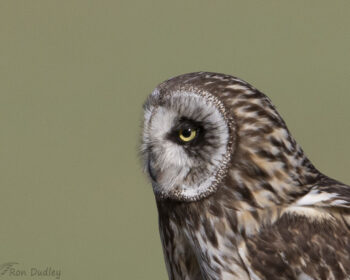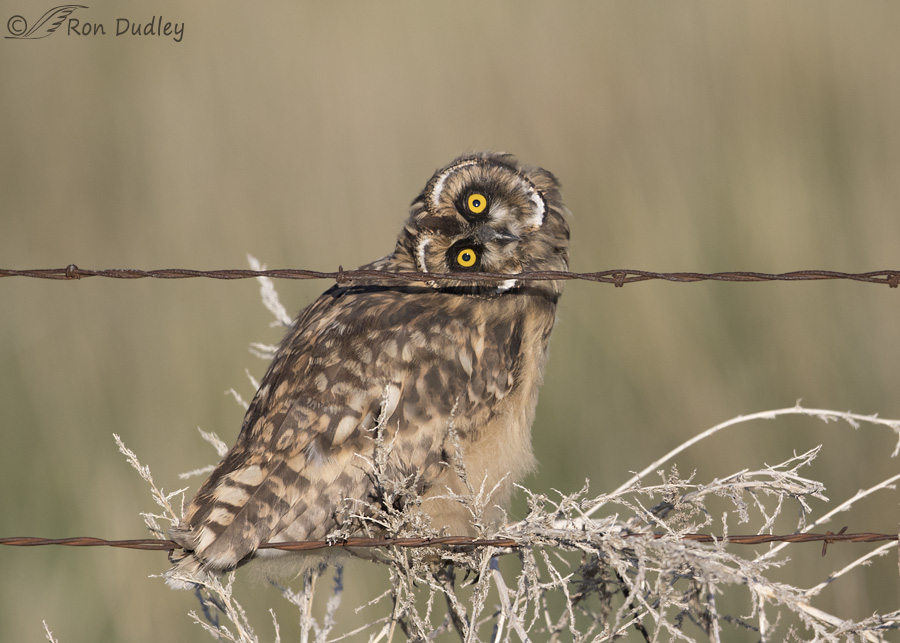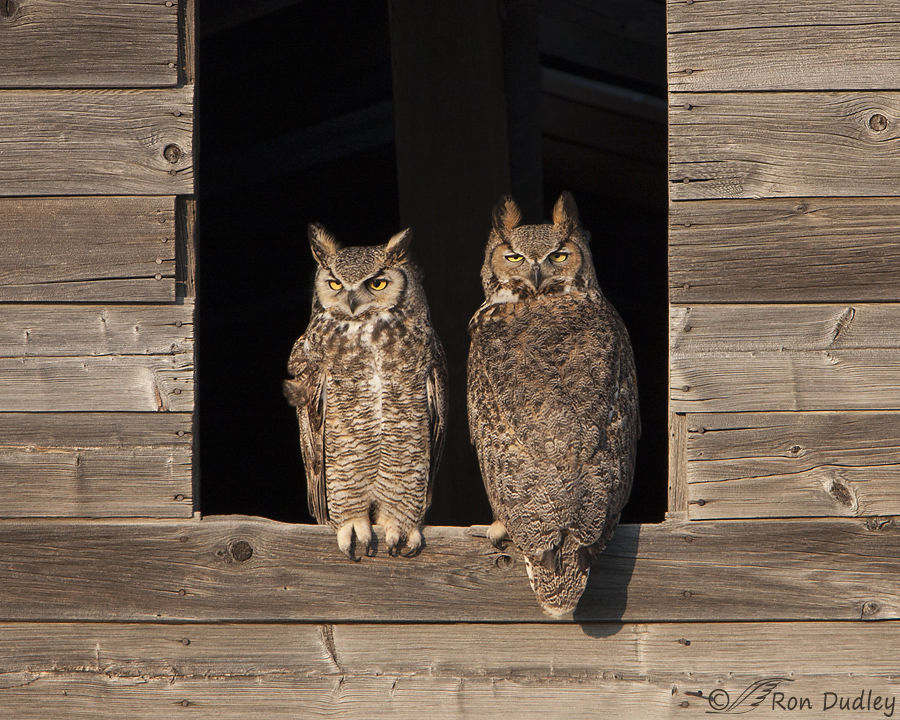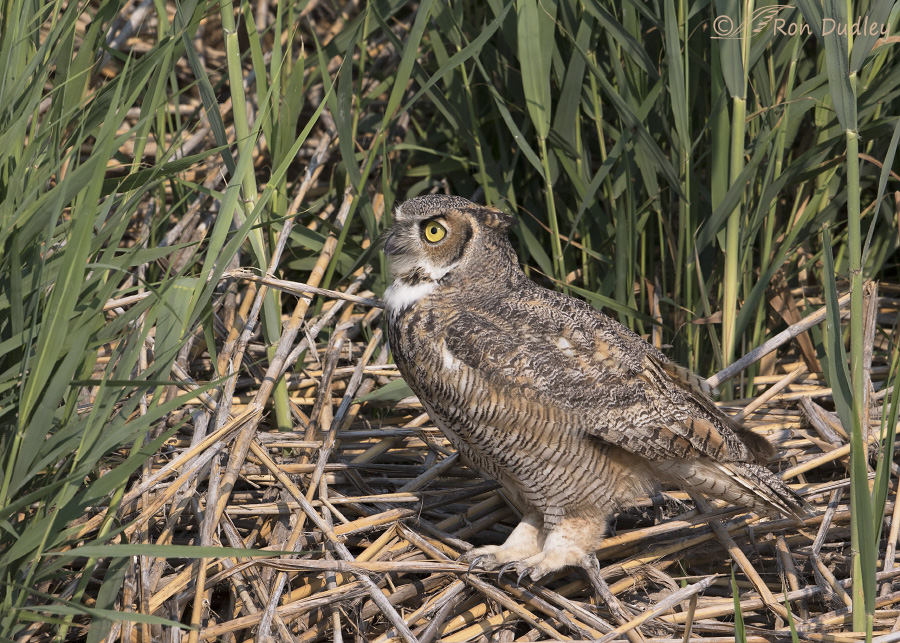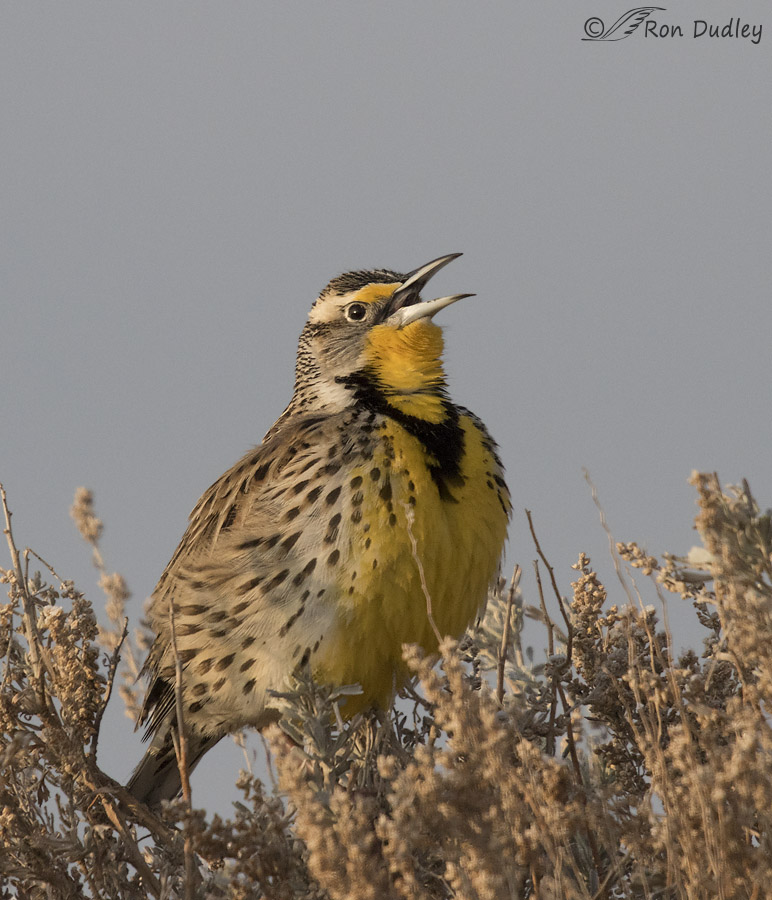Tag: ear tufts
Young Short-eared Owl Experimenting With Its Eyesight?
Owls And Plumicorns
Great Horned Owl In The Bear River Wetlands
Birds Being Fooled By Our Warm Winter?
Great Horned Owl Framed By Tamarisk
Typically when I find a Great Horned Owl in a natural setting it’s so deeply buried in the tree or foliage that it can barely be seen. This is a deliberate behavior, at least in part to avoid mobbing birds of many species. Crows, for example, will invariably mob an exposed GHO, pursuing it from tree to tree and calling out to other crows to recruit them to join in. 1/800, f/8, ISO 500, 500 f/4, 1.4 tc, natural light, not baited, set up or called in This owl, and one other, perched in the tamarisk for about a week but on most days they were virtually impossible to see unless you knew where to look. But on two cold, early mornings I found one of them in this spot where it was exposed to the warming rays of the sun. Its breast and belly feathers are wet, as are the drooping ear tufts. These birds sleep during much of the day but their slumber is light and alert as evidenced by their ear tuft (“horn”) movements in response to any slight sound, even with eyes closed – a behavior that’s interesting to observe if you’re lucky enough to be sufficiently close to a sleeping owl. Ron
Great Horned Owls In The Montana Wind
I’ve posted before about the Great Horned Owls on the family farm in nw Montana. That farm is near Cut Bank, Montana which is famous (infamous) for its howling winds. 1/1000, f/8, ISO 500, 500 f/4, 1.4 tc, natural light, not baited, set up or called in So many of my images of those farm owls show the effects of the wind on the owls. The wind was only moderate when I took this shot so about the only effect you can see from it is the leaning ear tufts (horns). Even at this wind speed you can hear it whistling through the granary cutouts where these birds like to perch When I’m shooting from a tripod instead of from my pickup it’s difficult to get sharp shots because of the effects of the wind on my long lens. 1/160, f/10, ISO 500, 500 f/4, 1.4 tc, natural light, not baited, set up or called in But when the wind really howls the birds seek refuge. This owl liked to hunker down deep in this Poplar tree as an escape. It was so deeply buried in the tree that I could only get fleeting glimpses of it when the wind would blow some of the branches and leaves in front of the bird to the side. At times the wind would blow the ear tufts almost flat on its head. This owl is leaning into the wind to keep from being blown off the perch. 1/500, f/8, ISO 500, 500 f/4, 1.4…
Short-eared Owl Displaying Ear Tufts
Short-eared Owls are always a primary photographic quarry for me whenever I visit the Centennial Valley in sw Montana but on this last trip I only found one. However, that lone bird made up for it by showing me something fairly unusual. 1/1600, f/5.6, ISO 500, 500 f/4, 1.4 tc These owls have short ear tufts (“ears”) but they are only rarely seen because they are usually laying down on the top of the head. Here they can be seen, but just barely. 1/2000, f/5.6, ISO 500, 500 f/4, 1.4 tc However, when the bird turned to face me for just a moment the tufts became visible. Typically they are only erected in a defensive pose and I don’t know if this owl deliberately displayed them to me because it thought I was too close or if a breeze from the back lifted them involuntarily. I suspect it was the latter because in the shots right after this one other feathers on the head look to be blown erect by the breeze. Either way I was glad to see the tufts. I have hundreds of images of this species and very few of them show the “ears”. Ron


